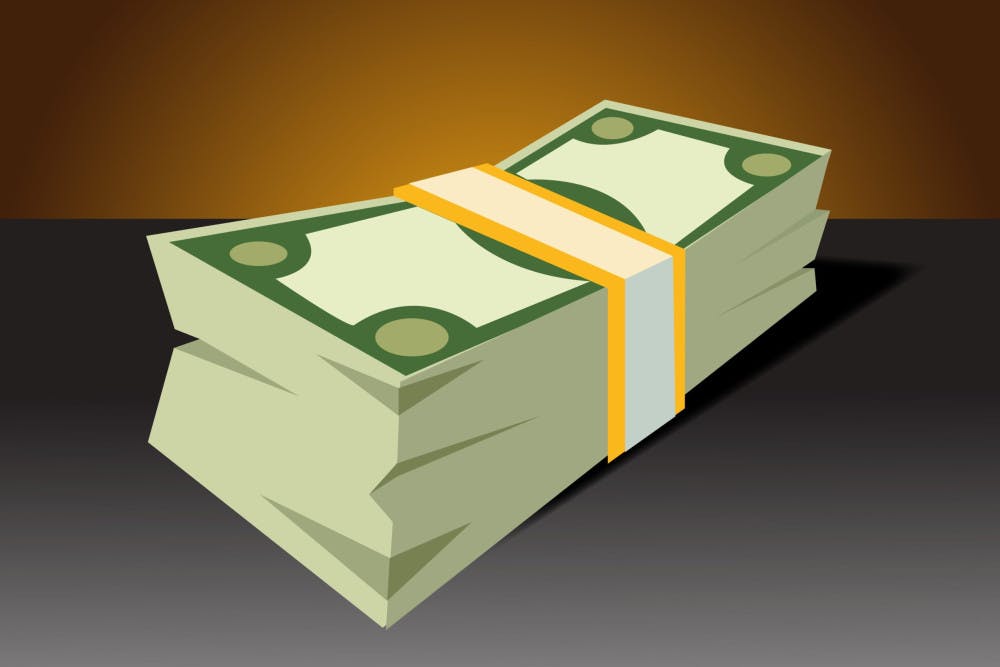Biden’s initiative to forgive large amounts of student loan debt has been officially ended by President Trump in favor of a more niche program that is difficult for many Americans to achieve. It will favor those who go into the public service fields, similar to the original plan in 2007.
What is student loan forgiveness?
Student loan forgiveness has been a dream to many loan-borrowing college students for many years, especially in recent decades as tuition has become increasingly high. After years of progress in forgiving student loan debt that had been weighing down on Americans, President Trump has put an end to the advances.
“Today, President Donald J. Trump signed an Executive Order to end taxpayer-funded student loan forgiveness for anti-American activists,” a White House fact sheet read.
Trump claimed the action to end any further student loan forgiveness was due to the fact that the funds came from taxpayers and the program was being abused.
According to the president, the prior administration’s student loan forgiveness program allowed for people working for non-governmental organizations to get paid using taxpayer dollars. Furthermore, the fact sheet claimed that the Biden administration had forgiven eligible borrowers, including those who had loans from years earlier or had not enrolled in the payment plan.
The action ultimately was made because President Trump viewed the program as a “radical agenda.”
The initial Public Service Loan Forgiveness Program (PSLF) was created in 2007, with the intention of encouraging citizens to enter public service jobs by promising to forgive remaining loan balances. Loans would be forgiven under the pretense that 10 years in the public service job and 10 years of minimum loan payments would be completed.
As time has progressed, higher education has become less affordable and more unattainable for students. The initial PSLF Program was difficult for applicants to be accepted into, causing many to accept a lifelong burden of debt, or surrender dreams of a college-level education.
President Biden's student loan forgiveness efforts
When President Biden campaigned against Trump in 2020, one of the former president's promises to Americans was to try to forgive student loan debt.
He is true to his word: during his time in office, the former president did attempt many efforts regarding student loan forgiveness.
Biden’s proposal of forgiving up to $10,000 for student loan borrows and up to $20,000 for Pell Grant recipients, all who were making less than $125,000 a year was denied by the Supreme Court.
This became the case for the issue of student loan debt much through Biden’s presidency, as proposals continued to get tweaked and denied.
Biden's term did still produce high numbers of loan forgiveness for students, however. At the end of the president’s term, the National Association of Student Financial Aid Administrators shared Biden’s total amount of student loan forgiveness.
“According to ED, the Biden administration has approved a total of $188.8 billion in student loan forgiveness for 5.3 million borrowers since taking office,” the NASFAA said.
These efforts in loan forgiveness were able to help many former students financially. While Trump sees this initiative as radical and unfair, many emphasize the advantages of the program. Robert Rubin, President of the American Association of University Professors at WSU, discussed the advantages.
"I really only see advantages to student loan forgiveness. Rather than being saddled with debt upon graduation, college graduates can enter the workforce able to buy homes sooner and able to fully participate in the economy," Rubin said.
As young people entering higher education continue to take on increasingly higher tuition costs that lack affordability, how to handle this and prepare for an education that does not become a lifelong issue becomes a question for many.
The future of student loan forgiveness
With less hope for loan forgiveness during Trump’s presidency, those interested in higher education may become swayed away from pursuing a degree if the debt is unmanageable.
As for the PSLF Program, the Trump administration plans to restore the program to look much like the original 2007 proposal.
The program will be revised to ensure that loan forgiveness will be given to public service workers that meet the qualifications of the program.
Many even argue that debt forgiveness is not the answer to college-centered financial issues.
"We could completely wipe out student loans, and the student loan debate, by simply making college more affordable or even mostly free, as it is in many countries across the world. Of course, this requires government investment in education at a time where government is doing the exact opposite," Rubin said.
Unfortunately, for those betting on receiving some financial relief on the burden that is student loan debt or lower tuition costs, this does not look likely in the near future.
For incoming students, ensuring attaining the most cost-effective route to a good education through financial aid and scholarship is important.
"Federal student aid programs enshrined in law — including Pell Grants and campus-based aid like Federal Work-Study — must still be managed, loans must be serviced, and the FAFSA must be updated and maintained each year," Beth Maglione, NASFAA Interim President and CEO, said.
The days of large-sum student loan forgiveness may not return, but laws continue to protect financially burdened students' bank accounts and allow these individuals to attain an education.










